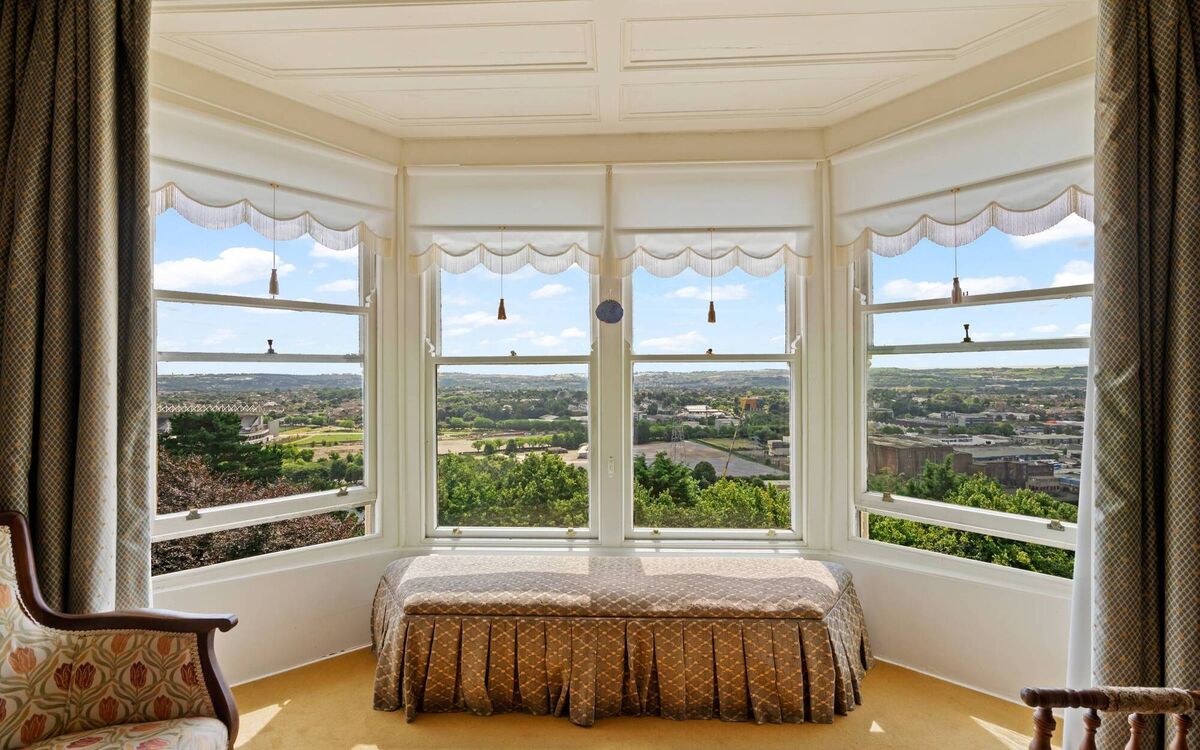Montenotte House and its great hall shows why the area has such a property pedigree

Montenotte House Lover's Walk Savills Cork.
|
Montenotte, Cork City |
|
|---|---|
|
€1.15 million |
|
|
Size |
392 sq m (4,200 sq ft plus garage) |
|
Bedrooms |
5 |
|
Bathrooms |
3 |
|
BER |
Exempt |
THE name, Montenotte House, says an awful lot about this home — it’s quintessentially ‘Cork’.
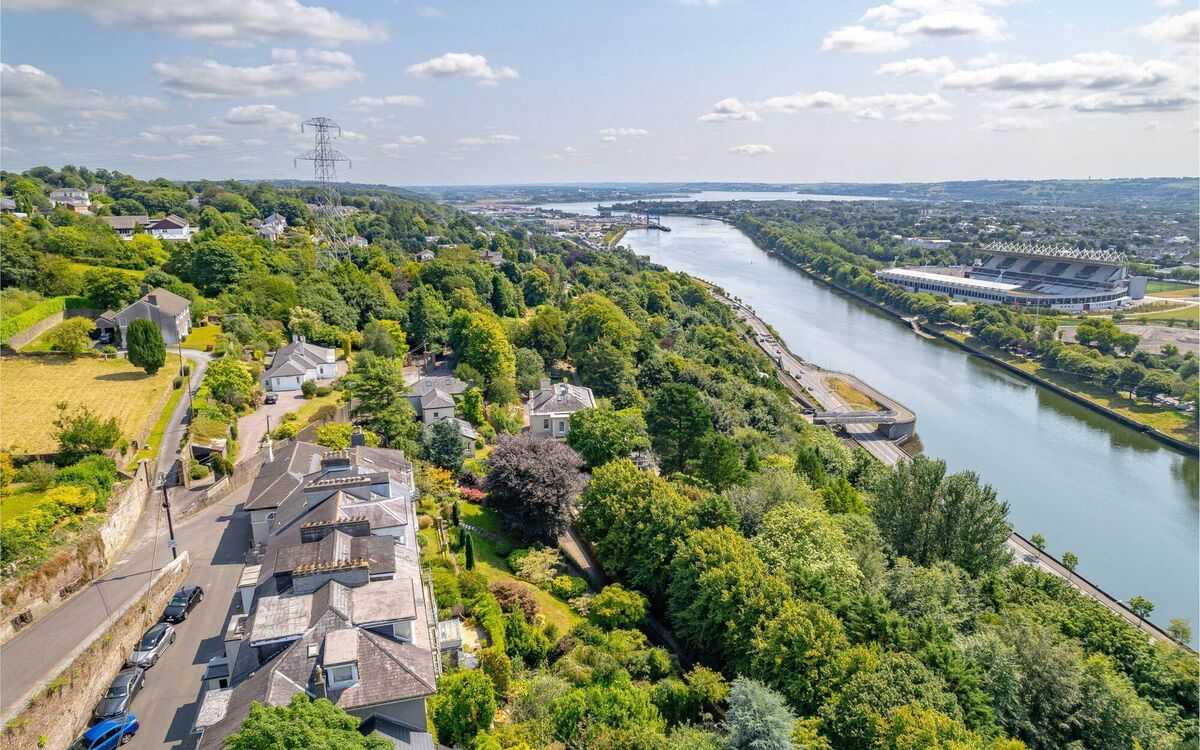
Elegant and elevated and loftily named, Montenotte House has nods back to Cork city’s distant past and growth spurts from the 19th century, while it also nods forward, to the city’s 21st century evolving future development nexus, docklands, which it overlooks with a benign yet imperious watchful eye.
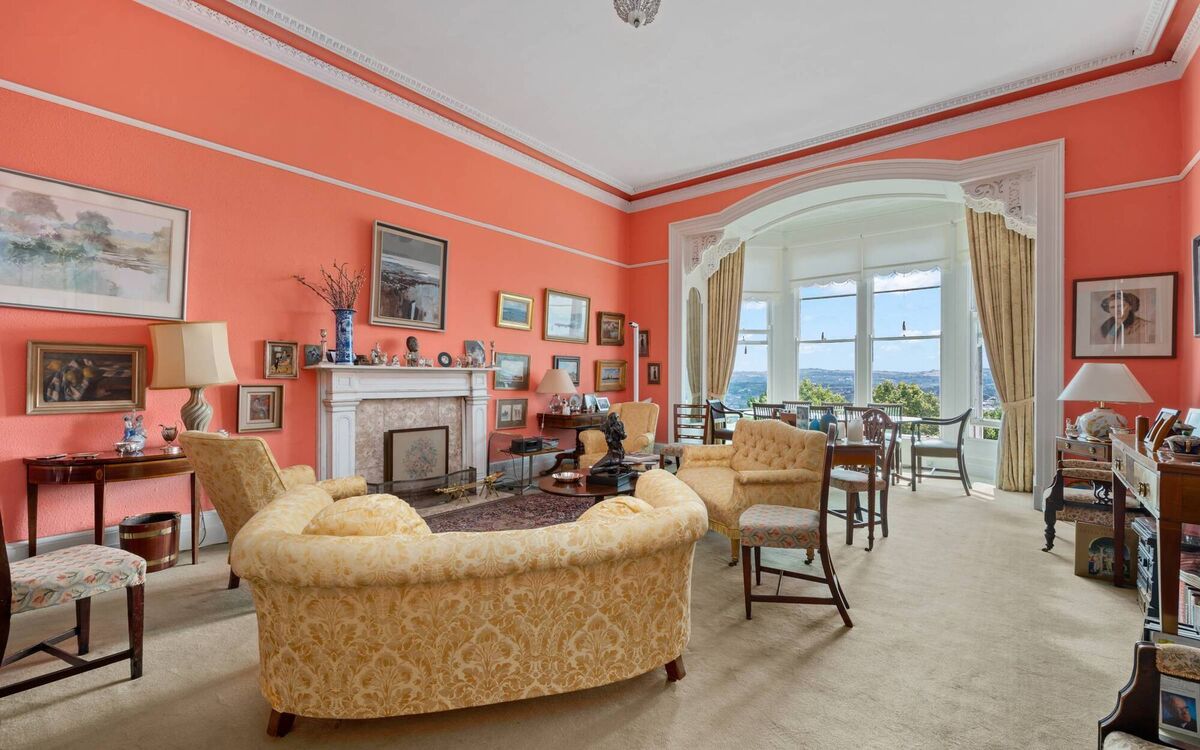
To say that the corner-set home on quite remarkable grounds has pedigree is to understate it, while venerable old Montenotte itself is having a renaissance of sorts too, basking in its south-facing heights, houses both little, large and mansion-sized picturesquely slotted into its shouldering hillside in tiers.
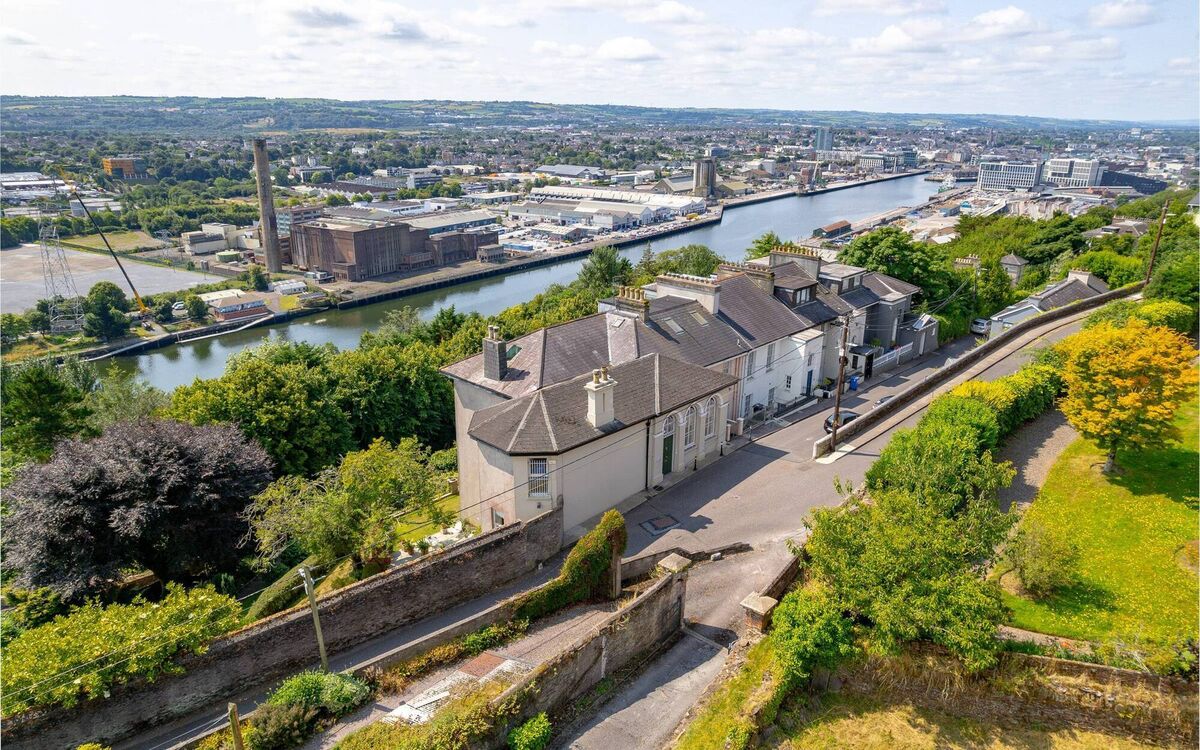
This end-terrace house by Montenotte Road, past Corkscrew Hill, is in a central setting in the southern city’s elevated Montenotte suburb, on Lover’s Walk just up the hill from where the reinvigorated Montenotte Hotel is now getting €680 per night for B&B in 10 charred wooden chalets or lodges set up into in trees in its grounds.
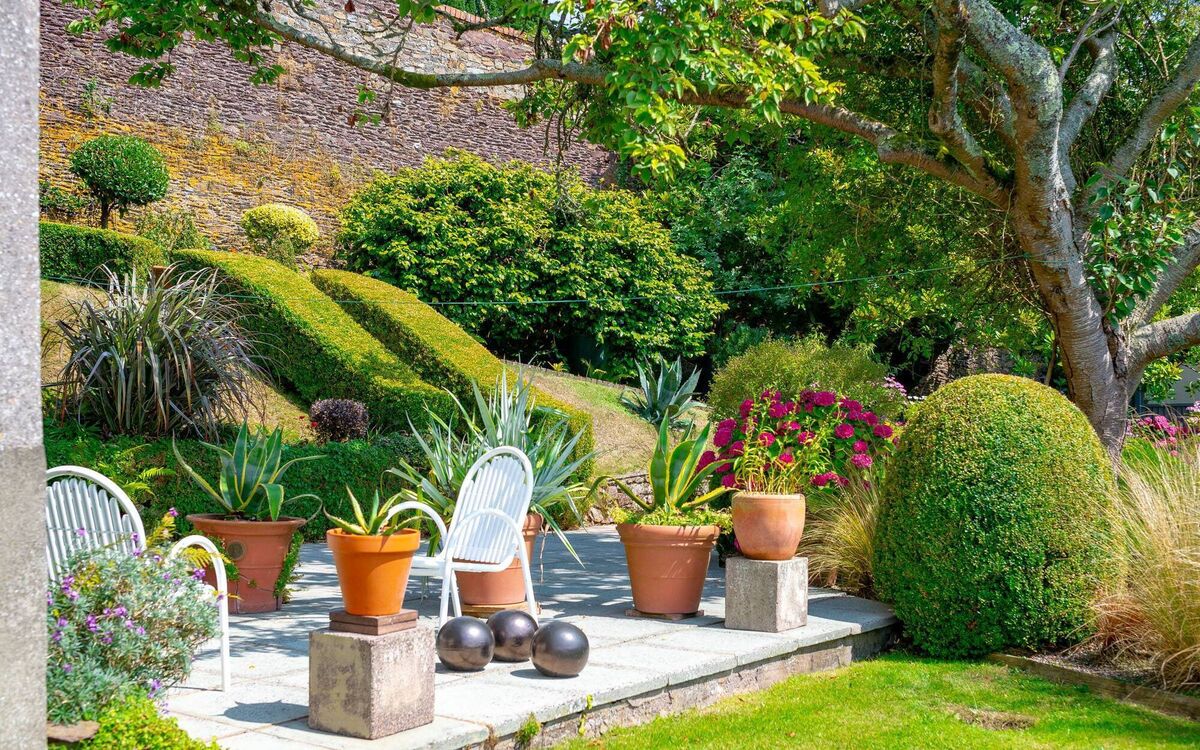
While that luxe €8mhotel investment is just out of the blocks, and wowing well-heeled guests who are well-wheeled to their overnight abodes on electric golf buggies in the hotel’s hectares of sloping, landscaped ground above the city, the more august Montenotte House in its own even more special and wholly-private grounds is coming up on its 200th birthday, having been built in 1832 for a William Connor, a master baker.

Connor’s name, the date Feb 1 1832 and the simple boast ‘Montenotte’ is inscribed on a faded limestone plaque on the house’s front façade, left of the discrete, ‘give-nothing-away’ entrance door (pic, left), with perhaps hints of architectural elan and address ambition dropped by the presence of three round-headed tall window on the right hand side of the door.
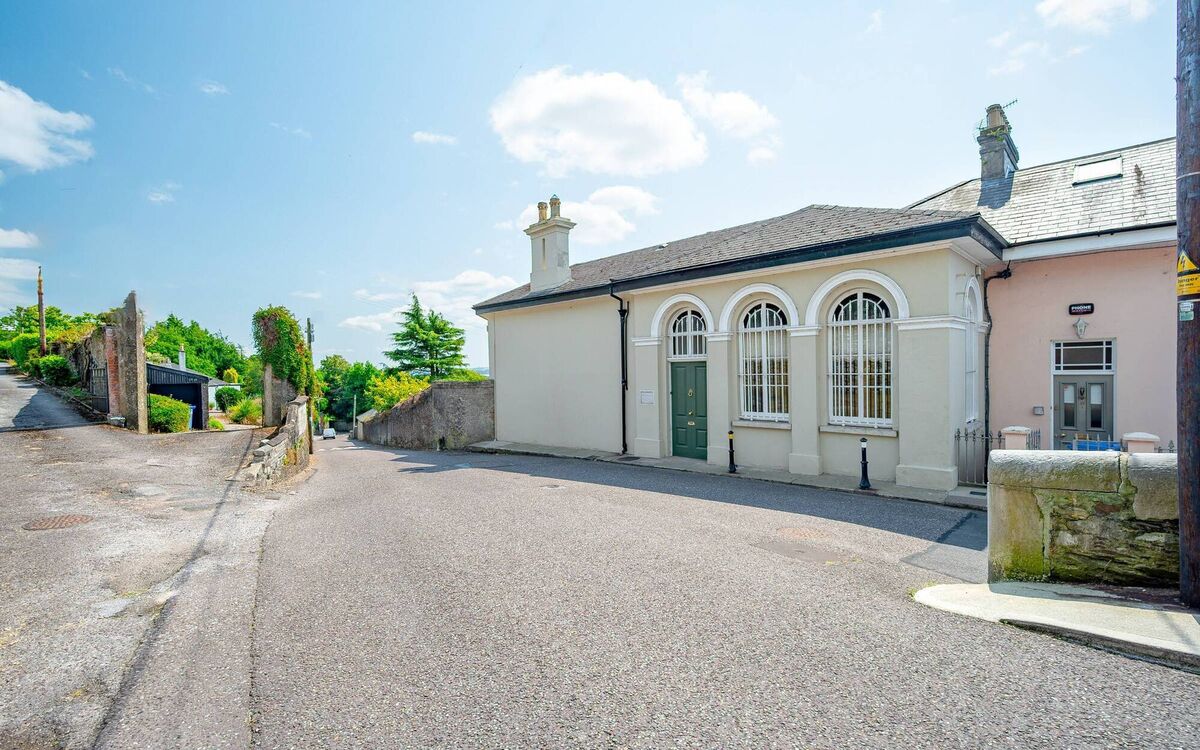
Other than that? You’d have to guess away, until now when pictures here today reveal a lot more: quiet presence, period detailing, a real panorama of views — try seeing if you can see more than the 14 church and chapel spires than the owners can reel off?— and, the money shot, the double-height, arcaded hallway in a split level/multi-level home.
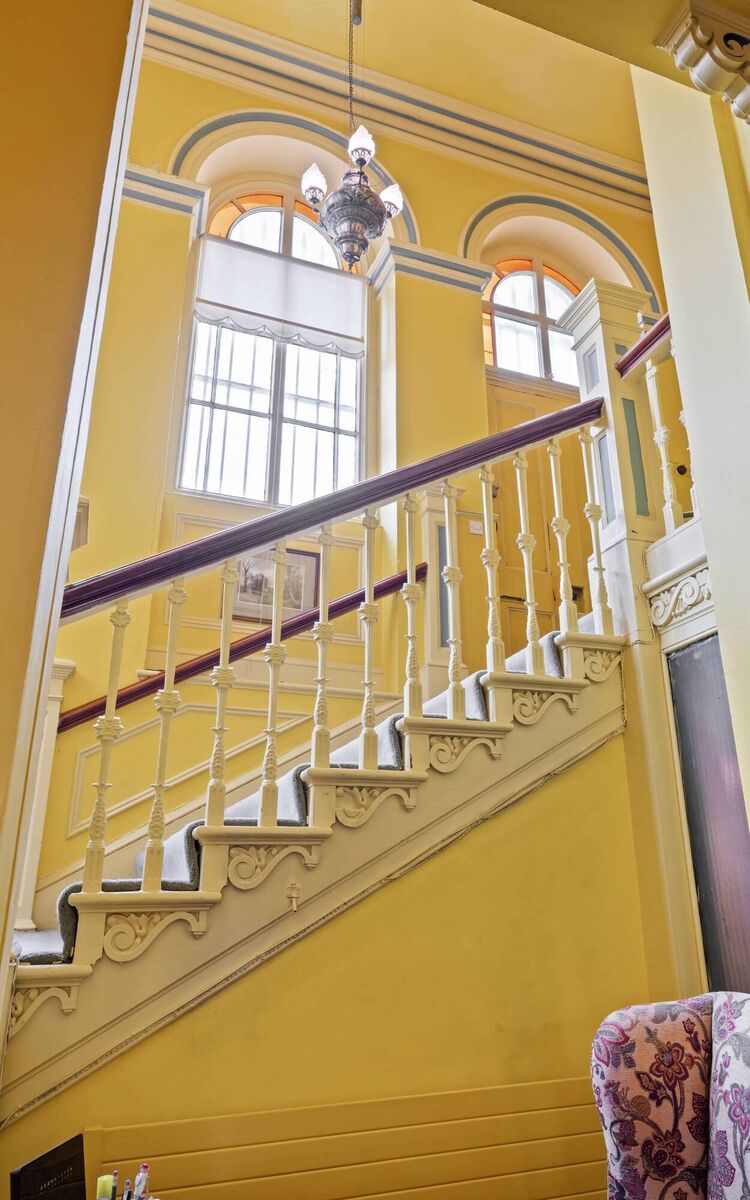
Not only is this first landings stage a show-stopper in its impact, volume and decoration, it’s also dressed all in yellow, in shades somewhere between canary yellow and a more acid shade perhaps, banana or mango?
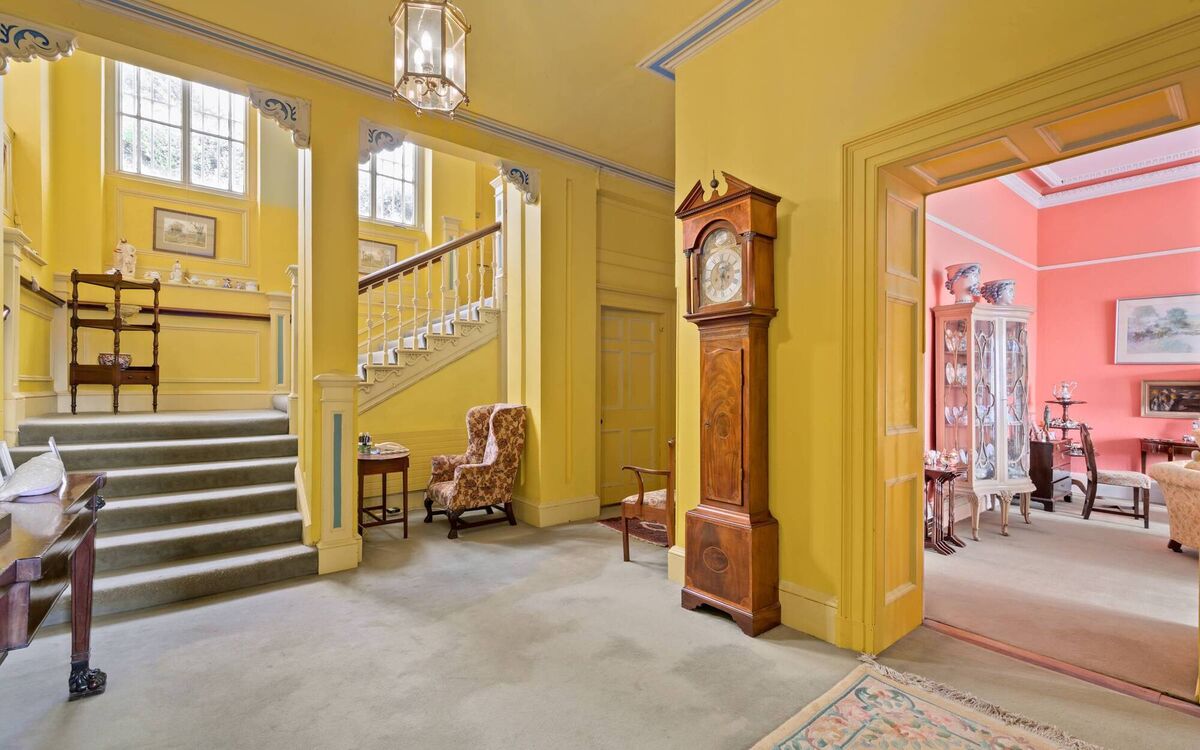
The ‘family in residence’ has managed to stamp its own mark on Montenotte House over their almost half a century living here and working in the city centre, and have managed to fill its every corner, and walls with eclectic choices in art, over multi-levels and down into a bone-dry basement level with its bright rooms and contrasting feel, away from the relative grandeur above, but none the less entirely habitable.
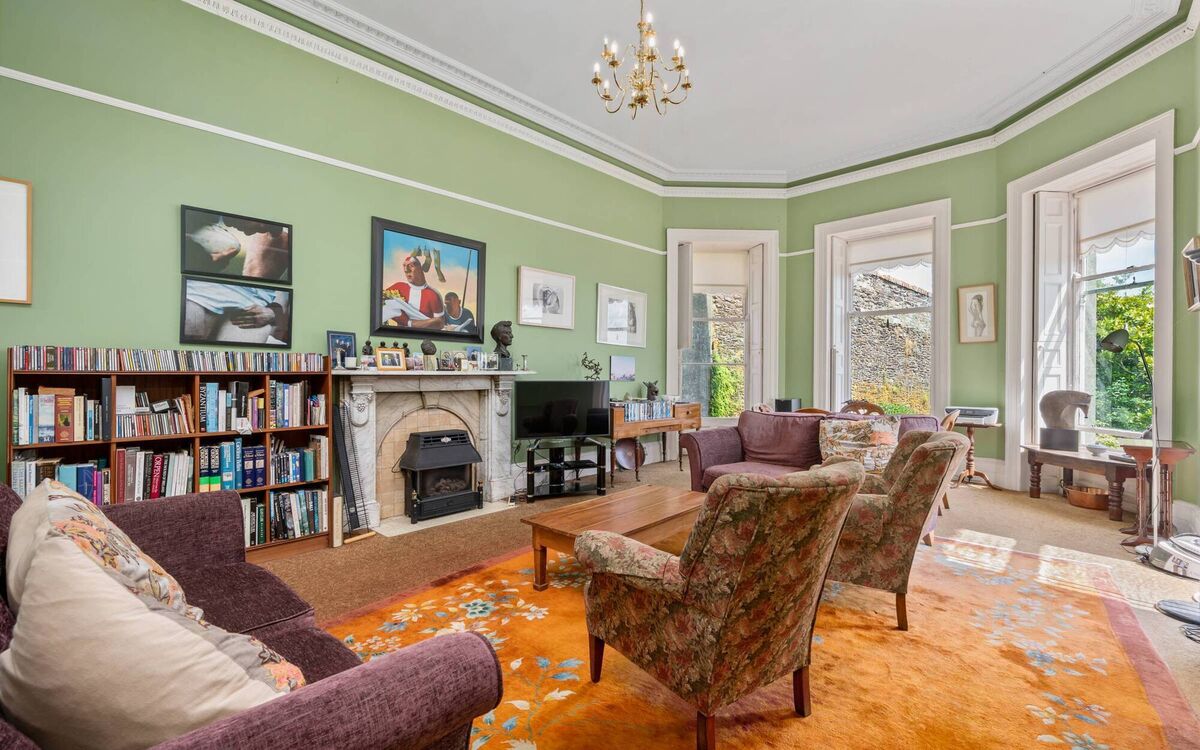
It’s all in remarkably good health, especially for a 192 year old, with a host of internal surprises not least of which is the remarkable double-height hallway (talk about a breathtaking entrance statement!) and has enclosed heat-trapping gardens and terraces brought back to verdant life by its appreciative owners of the past 46 years.

“You see something different all of the time,” says the woman of the house, standing in the wide bay window of the couple’s first floor bedroom, a sanctuary of a space (with en suite with bath down a few steps,) and a spot where breakfasts are taken in bed, now in retirement years.
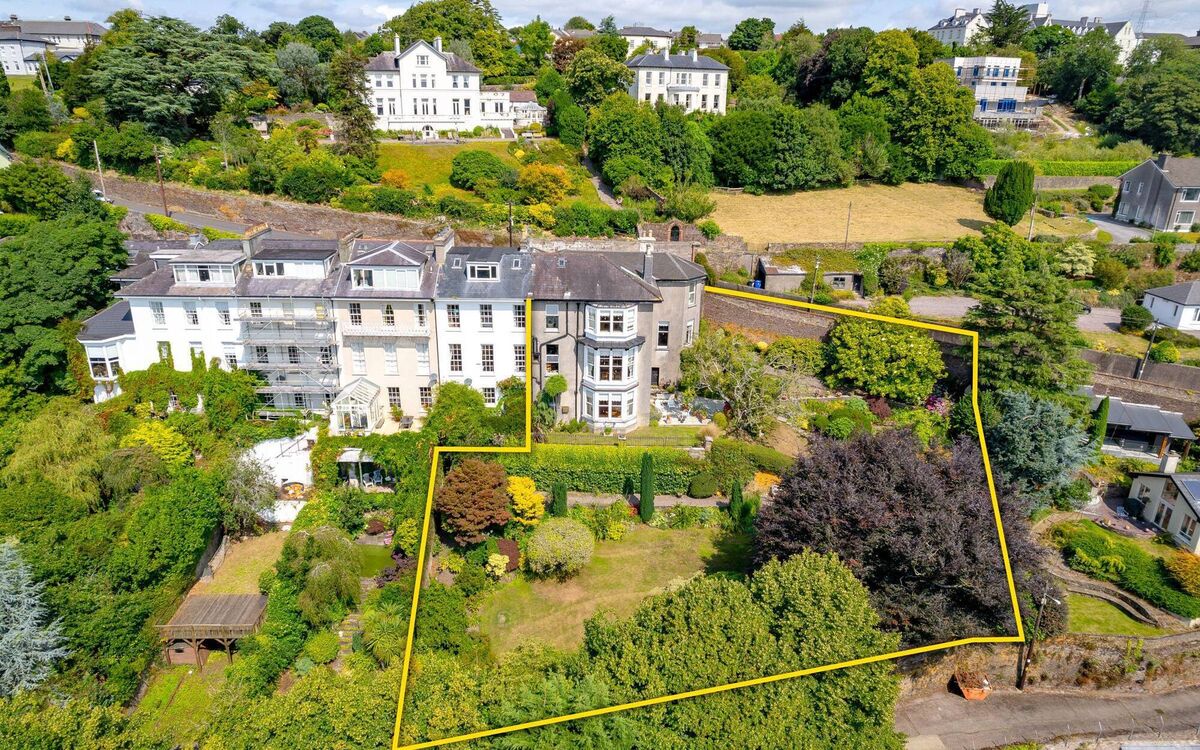
Over the years (decades, centuries) it has only been associated with a handful of Cork families, including that of a Joshua Beale, with the Quaker Beale family of timber merchants also associated with the 1820 Myrtle Hill House on its immediate left on Lover’s Hill, while the surname was also appended to a lane Beale’s Hill from the mid-1800s, leading down between high stone walls from the Middle to Lower Glanmire Roads.

Daughter Dorothy Cross is one of Ireland’s leading artists (1993 Venice Biennale,) with works in the Tate Modern in London, IMMA and the Hugh Lane Gallery in Dublin, and has collaborated with scientist sibling Tom on projects too.
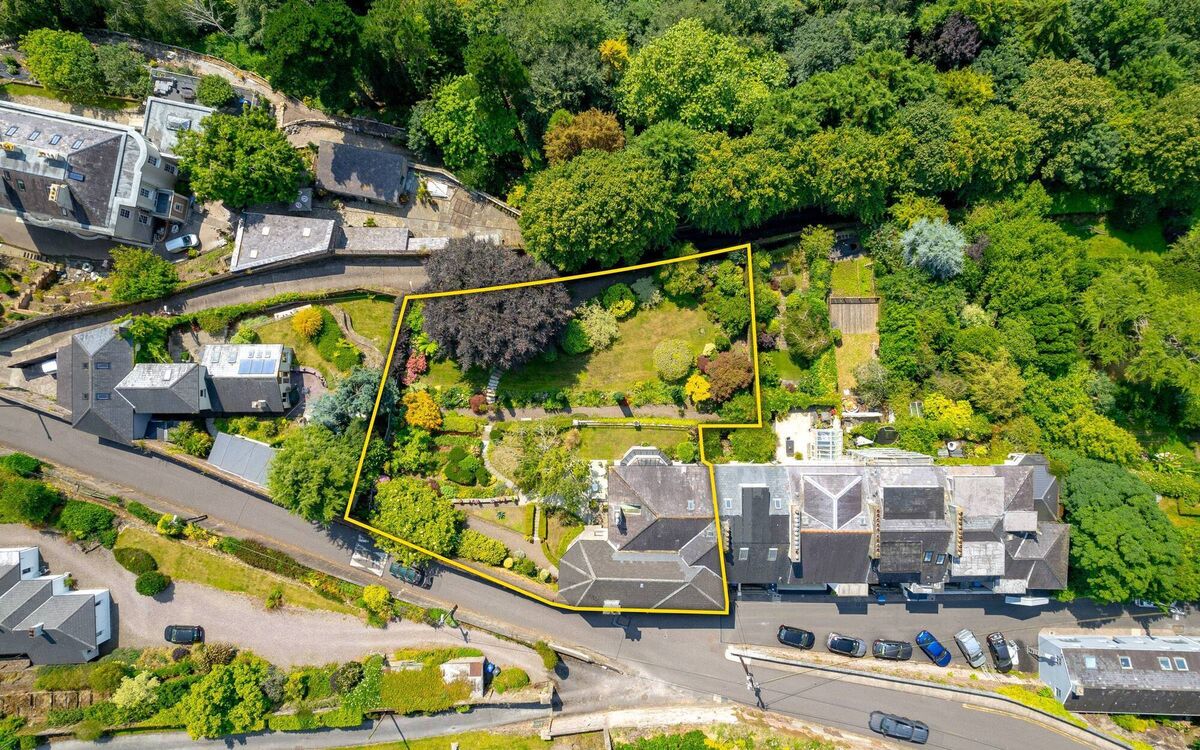
Montenotte House is listed as an early autumn 2024 launch with estate agent Catherine McAuliffe of Savills, who guides the very well-kept home — albeit thankfully a bit of a timepiece too — at €1.15 million, to include an adjacent old mews garage with mezzanine.

They’ve been brought back to verdant life by its care, cultivation and curating and appreciative owners of the past 46 years, gently scythed through by easily navigating paths past ferns and Dicksonia tree ferns (wrapped up in winter fleeces to save them from frosts), with tender agave plants, camellia, an ancient copper beech, hydrangeas and climbing hydrangeas up a house wall, magnificent magnolia, roses and rambling rectors, as well as a veteran Irish yew — everything, in fact, from A-Z, from acers to ‘zaleas.
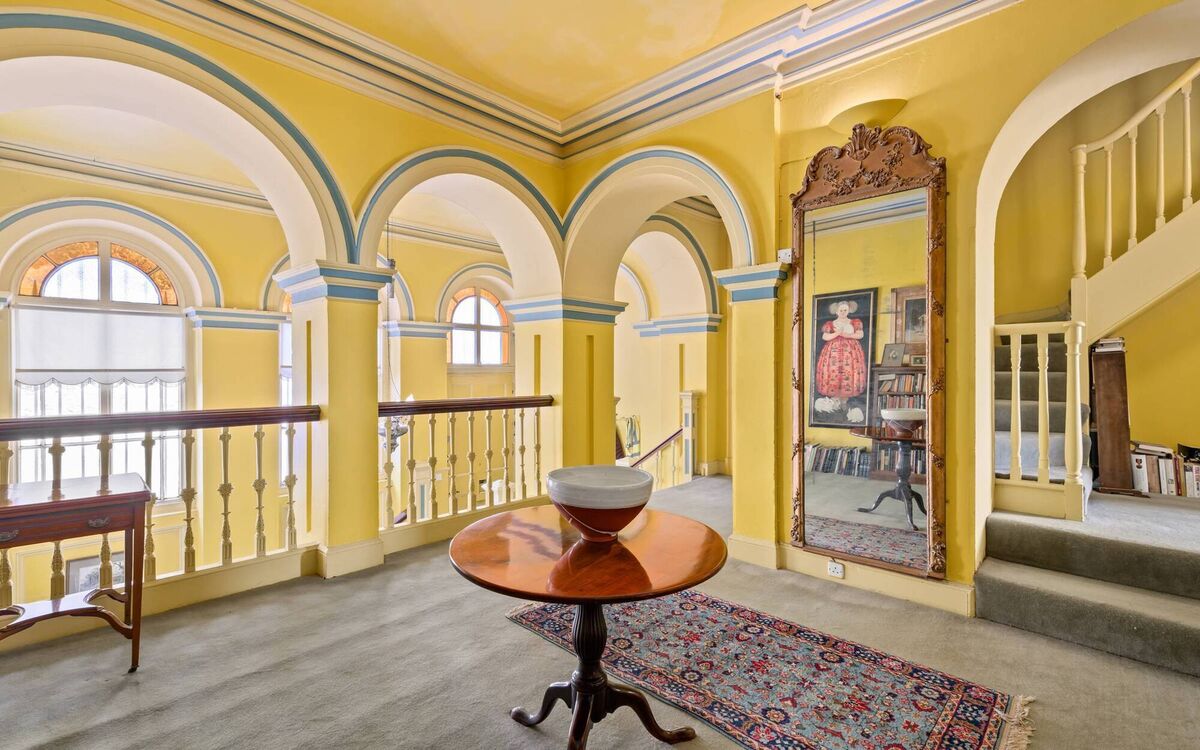
Back at ‘this’ Montenotte House, the mellow yellow hall also is the centrepiece, but the main and well-proportioned reception rooms are stunners too, full of period details, ornate plasterwork, fretwork, good fireplaces, loads and loads to engage the eye.
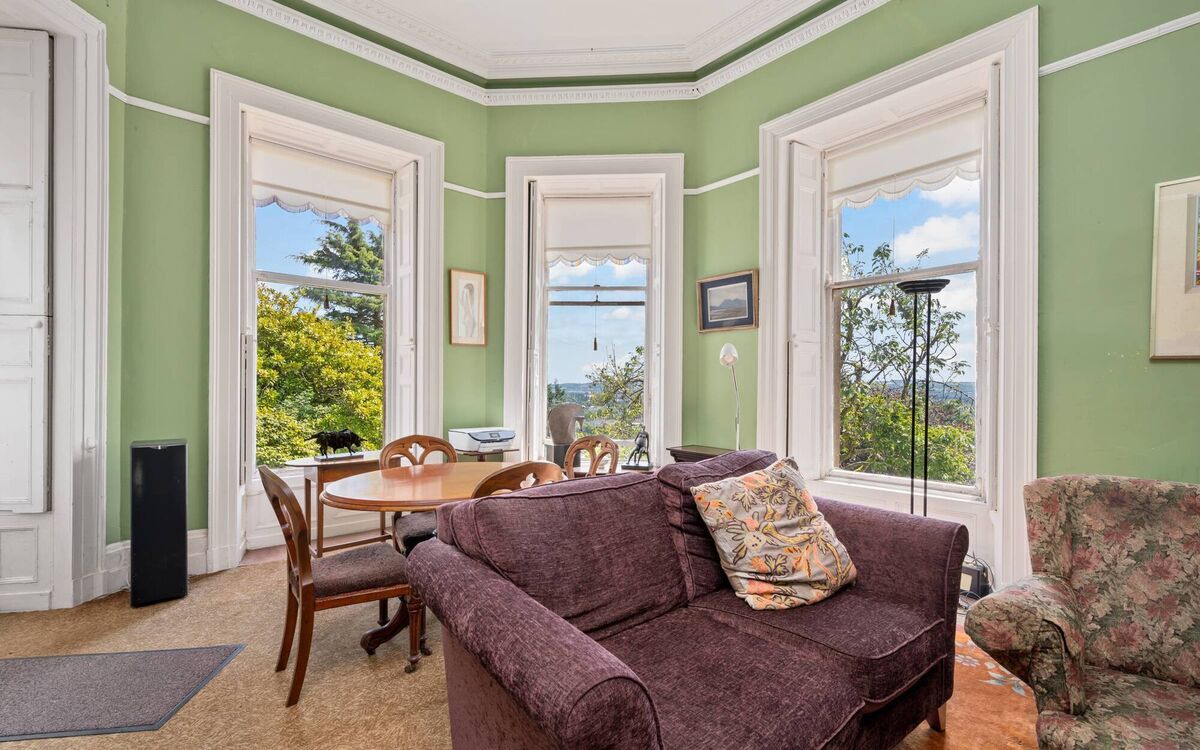
Even though it stretches to over 4,000 sq ft, it’s all pretty much usable, with bedrooms options (out of five+) upstairs, at attic/roof level (with great views over the east roof profile and copper cladding to the harbour), and down in the bone-dry, easily accessed basement, with a large bay-windowed bedroom, and clutch of service rooms, coal hole/fuel store, wine cellar and laundry with some feature, original terracotta floor tiling.
